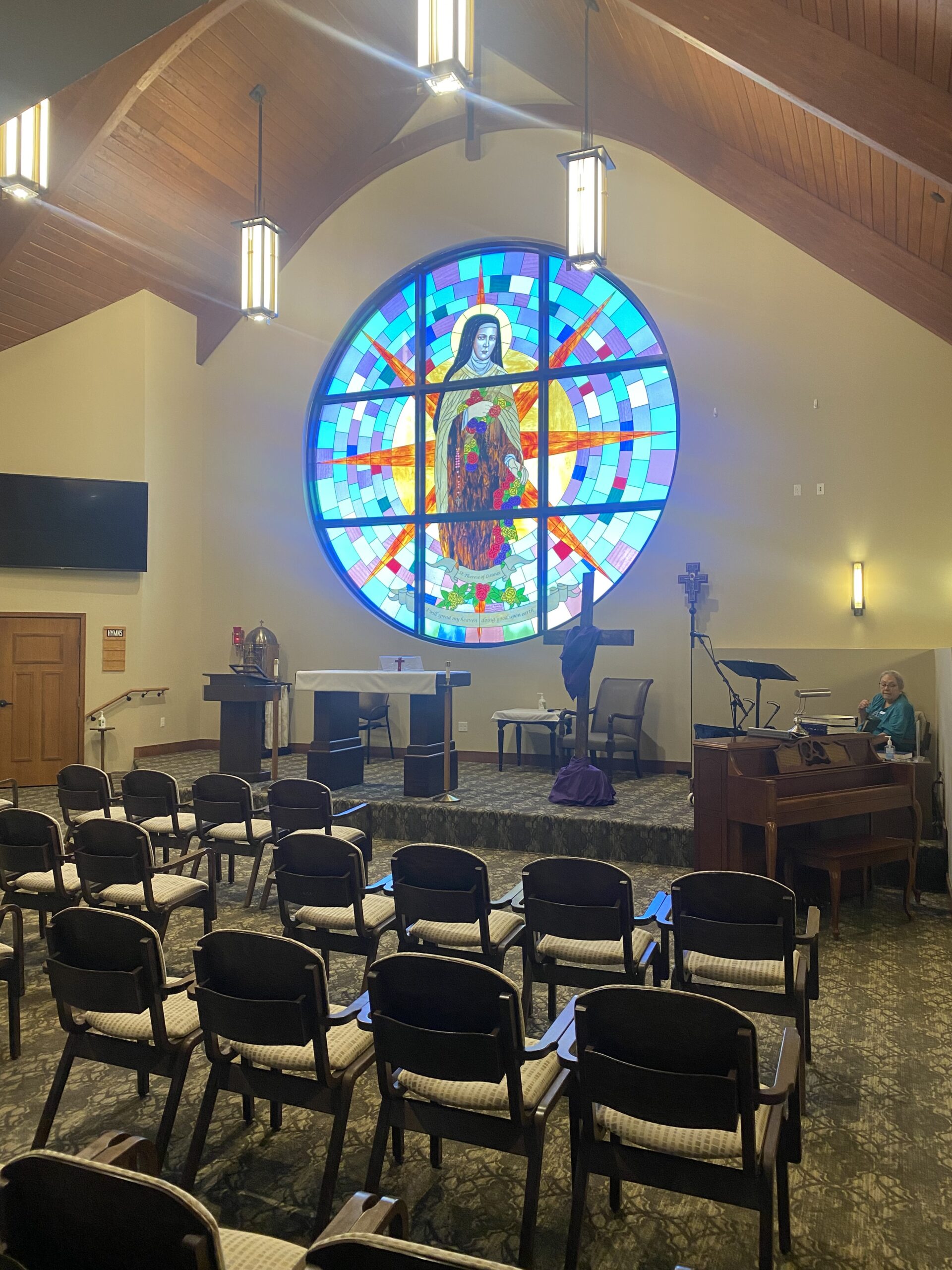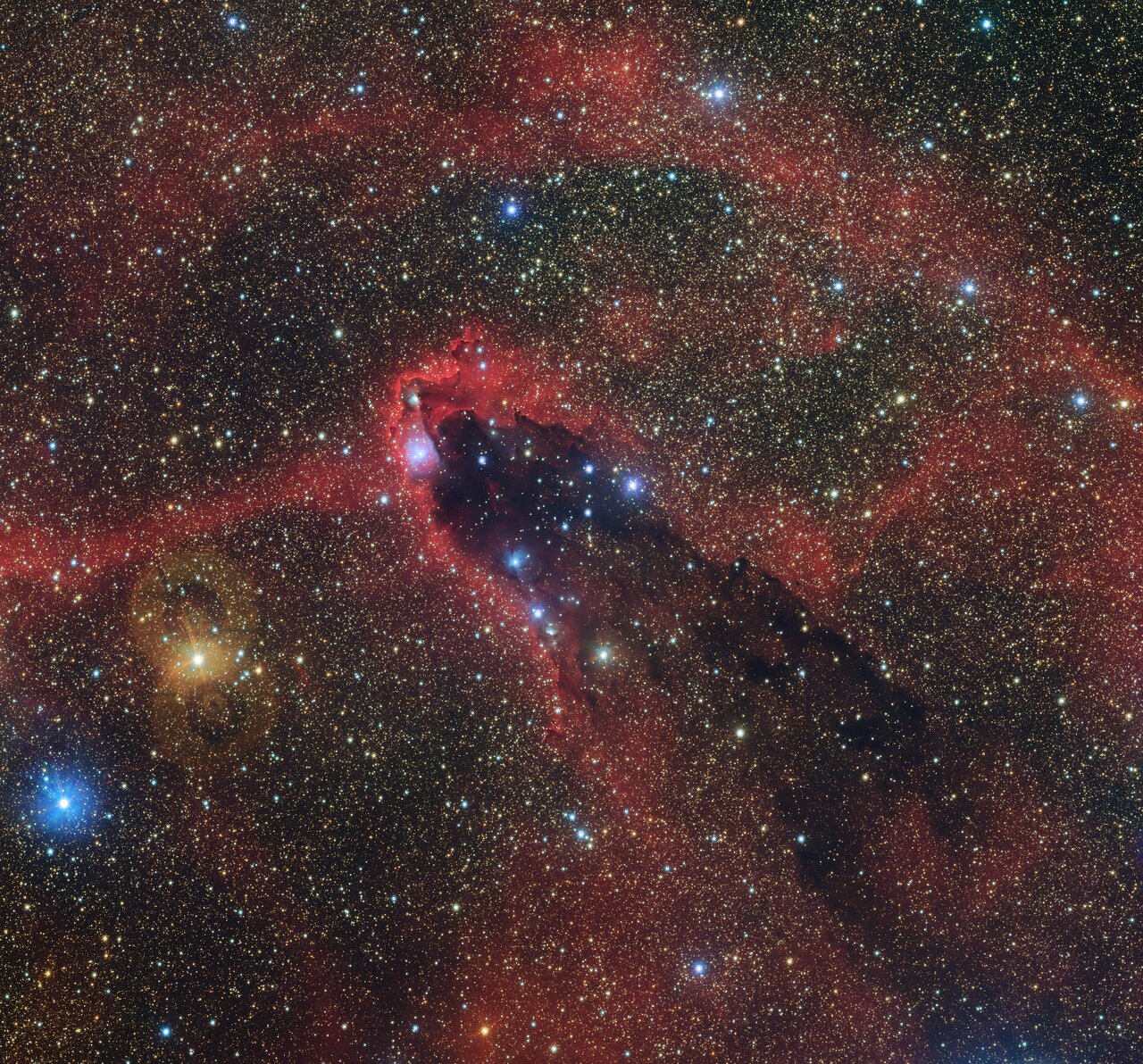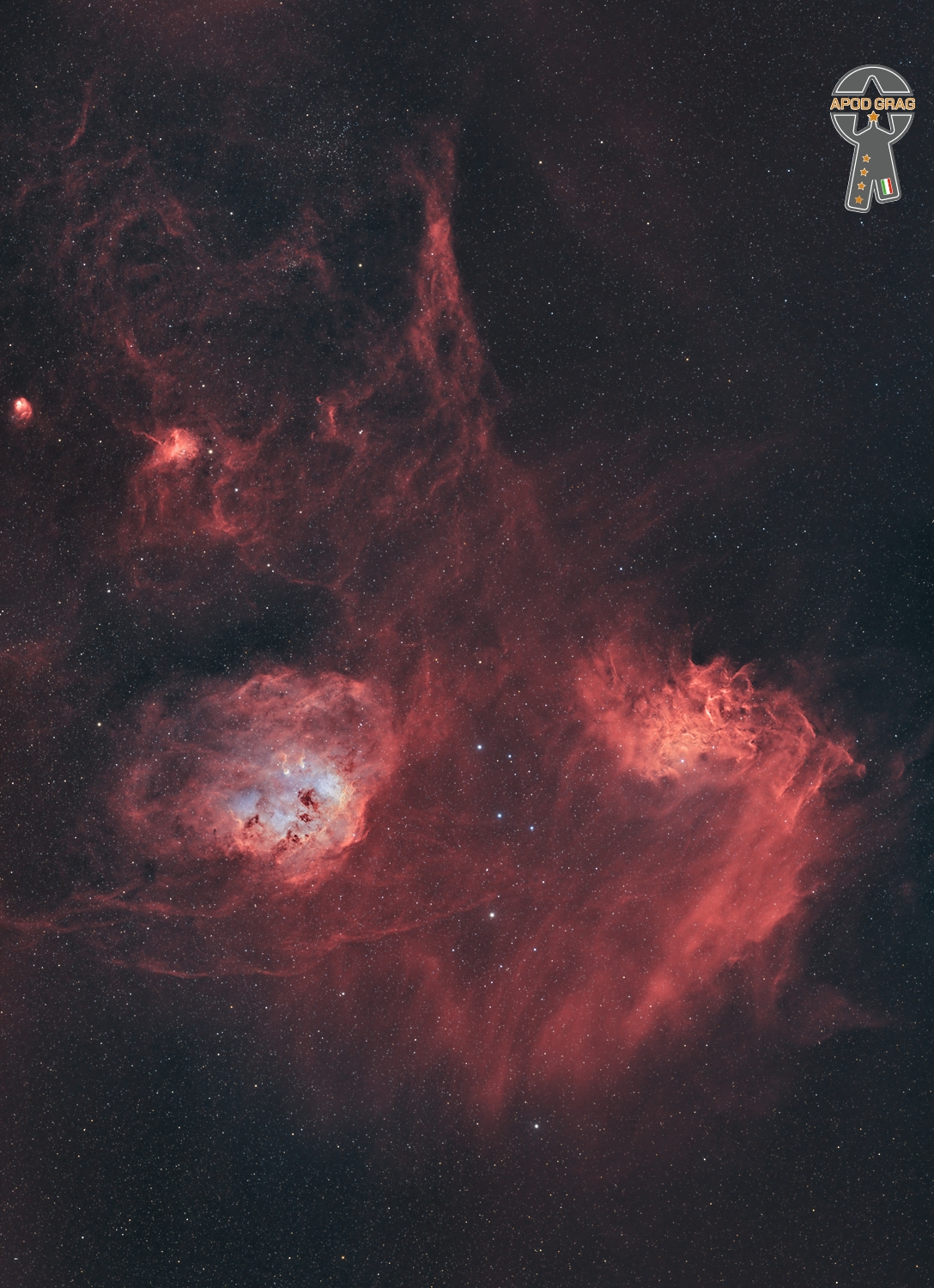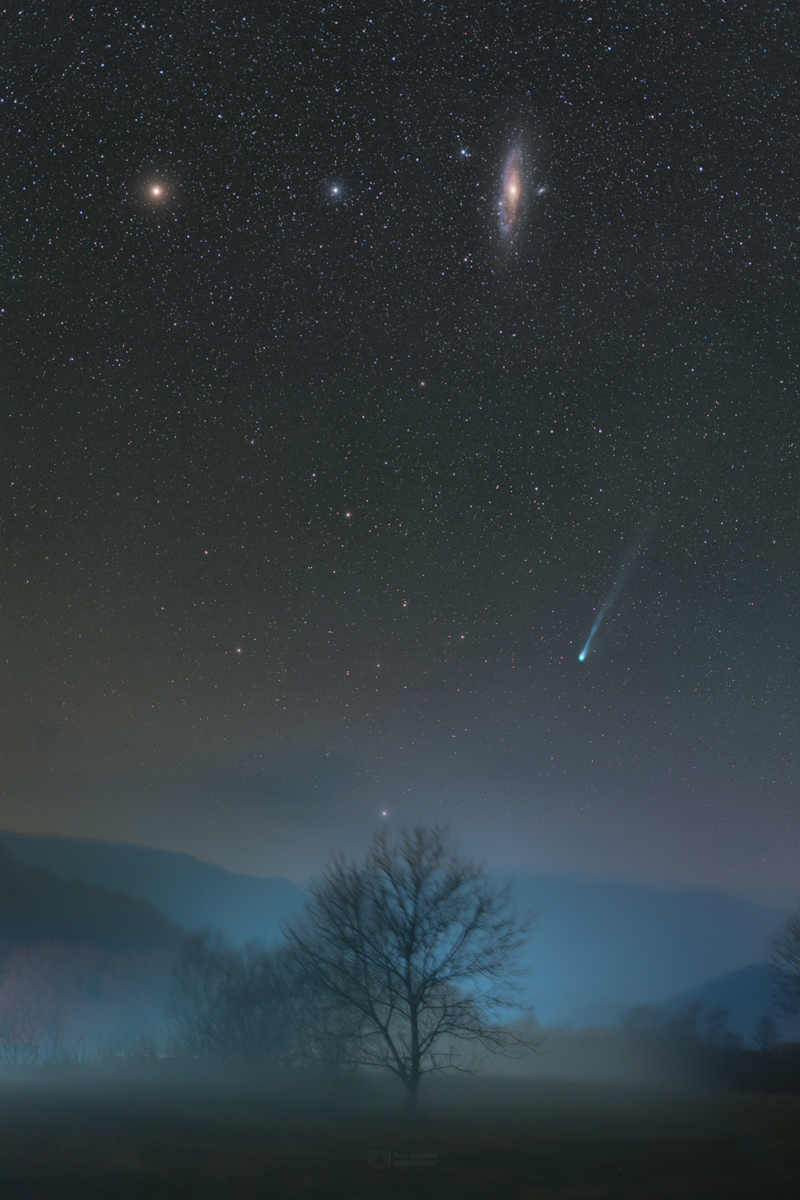James Vernon Taylor (born March 12, 1948) is an American singer-songwriter and guitarist. A six-time Grammy Award winner, he was inducted into the Rock and Roll Hall of Fame in 2000. Taylor is one of the best-selling music artists of all time, having sold more than 100 million records worldwide.
Taylor achieved his breakthrough in 1970 with the No. 3 single “Fire and Rain” and had his first No. 1 hit in 1971 with his recording of “You’ve Got a Friend“, written by Carole King in the same year. His 1976 Greatest Hits album was certified Diamond and has sold 12 million copies in the US alone. Following his 1977 album JT, he has retained a large audience over the decades. Every album that he released from 1977 to 2007 sold over 1 million copies. He enjoyed a resurgence in chart performance during the late 1990s and 2000s, when he recorded some of his most-awarded work (including Hourglass, October Road, and Covers). He achieved his first number-one album in the US in 2015 with his recording Before This World.
Taylor is also known for his covers, such as “How Sweet It Is (To Be Loved by You)” and “Handy Man“, as well as originals such as “Sweet Baby James“. He played the leading role in Monte Hellman‘s 1971 film Two-Lane Blacktop.
see full post...Alwin Lopez Jarreau (March 12, 1940 – February 12, 2017 Milwaukee, WI) was an American singer and songwriter. His 1981 album Breakin’ Away spent two years on the Billboard 200 and is considered one of the finest examples of the Los Angeles pop and R&B sound. The album won Jarreau the 1982 Grammy for Best Male Pop Vocal Performance. In all, he won seven Grammy Awards and was nominated for over a dozen more during his career.
Jarreau also sang the theme song of the 1980s television series Moonlighting and was among the performers on the 1985 charity song “We Are the World“.
see full post...Don Drummond (12 March 1934 – 6 May 1969) was a Jamaican ska trombonist and composer. He was one of the original members of The Skatalites, and composed many of their tunes. In 1966, Drummond was convicted of murdering his 23-year-old lover, Anita “Marguerita” Mahfood. Drummond was born at the Jubilee Hospital in Kingston, Jamaica, to Doris Monroe and Uriah Drummond. He was educated at Kingston’s Alpha Boys School, where he later tutored his younger schoolmate Rico Rodriguez playing the trombone. His musical career began in 1950 with the Eric Dean’s All-Stars where he performed jazz. He continued into the 1960s with others, including Kenny Williams. The official cause of death was “natural causes”, possibly heart failure caused by malnutrition or improper medication, but other theories were put forward; some of his colleagues believed it was a government plot against the Kingston musical scene, and some believed that he was killed by gangsters as revenge for the murder of Mahfood.
see full post...


Astronomers are well-known for naming objects with odd conventions, and the cometary globule GN 16.43.7.01 seen in this Picture of the Week is no exception. Cometary globules have nothing to do with comets aside from appearance: they are named for their dusty head and elongated, dark tail, as seen in this image taken with the VLT Survey Telescope (VST) hosted at ESO’s Paranal Observatory in Chile. This globule, dubbed the Dark Tower — astronomers compensate with obvious names — lies about 5000 light-years away from Earth in the southern constellation Scorpius (the Scorpion). It contains dense clumps of collapsing gas and dust out of which stars will be born. The curious shape of this object is carved out from an intense bombardment of radiation from a cluster of young, bright stars located off-camera to the upper-left. This radiation has swept around and outlined the cometary globule with the characteristic pink glow of hot, excited matter.

Robert Keith McFerrin Jr. (born March 11, 1950 NY, NY) is an American jazz singer and songwriter. He is known for his vocal techniques, such as singing fluidly but with quick and considerable jumps in pitch—for example, sustaining a melody while also rapidly alternating with arpeggios and harmonies—as well as scat singing, polyphonic overtone singing, and improvisational vocal percussion. He is widely known for performing and recording regularly as an unaccompanied solo vocal artist. He has frequently collaborated with other artists from both the jazz and classical scenes.
McFerrin’s song “Don’t Worry, Be Happy” was a No. 1 U.S. pop hit in 1988 and won Song of the Year and Record of the Year honors at the 1989 Grammy Awards. McFerrin has also worked in collaboration with renowned jazz fusion instrumentalists, including the pianists Chick Corea (of Return to Forever), Herbie Hancock (of The Headhunters), and Joe Zawinul (of Weather Report), the drummer Tony Williams, and the cellist Yo-Yo Ma.
see full post...Leroy Jenkins (March 11, 1932 – February 24, 2007) was an American composer and violinist/violist.
Jenkins was born in Chicago, Illinois, United States. As a youth, he lived with his sister, his mother, two aunts, his grandmother, and, on occasions, a boarder, in a three-bedroom apartment. Jenkins was immersed in music from an early age, and recalled listening to Charlie Parker, Dizzy Gillespie, and singers such as Billy Eckstine and Louis Jordan. When Jenkins was around eight years old, one of his aunts brought home a boyfriend who played the violin. After hearing him play a difficult Hungarian dance, Jenkins begged his mother for a violin, and was given a red, half-size Montgomery Ward violin that cost twenty-five dollars. He began taking lessons, and was soon heard at St. Luke’s Baptist Church, where he was frequently accompanied on piano by Ruth Jones, later known as Dinah Washington. Jenkins eventually joined the church choir and orchestra, and performed on the violin at church banquets, teas, and social events.
As a teenager, Jenkins entered DuSable High School, where he switched to clarinet and alto saxophone due to the fact that the school did not have an orchestra, limiting his opportunities to play the violin.During this time, he came under the influence of bandleader “Captain” Walter Dyett. After graduating, Jenkins attended Florida A&M University, where he resumed study of the violin. In 1961, he graduated with a degree in music education, then moved to Mobile, Alabama, where he taught music in the public school system for four years.
see full post...Astor Pantaleón Piazzolla March 11, 1921 – July 4, 1992 was an Argentine tango composer, bandoneon player, and arranger. His works revolutionized the traditional tango into a new style termed nuevo tango, incorporating elements from jazz and classical music. A virtuoso bandoneonist, he regularly performed his own compositions with a variety of ensembles. In 1992, American music critic Stephen Holden described Piazzolla as “the world’s foremost composer of Tango music”.
Piazzolla was born in Mar del Plata, Argentina, in 1921, the only child of Italian immigrant parents, Vicente “Nonino” Piazzolla and Assunta Manetti. His paternal grandfather, a sailor and fisherman named Pantaleo (later Pantaleón) Piazzolla, had immigrated to Mar del Plata from Trani, a seaport in the southeastern Italian region of Apulia, at the end of the 19th century. His mother was the daughter of two Italian immigrants from Lucca in the central region of Tuscany.
In 1925 Astor Piazzolla moved with his family to Greenwich Village in New York City, which in those days was a violent neighbourhood inhabited by a volatile mixture of gangsters and hard-working immigrants.His parents worked long hours and Piazzolla soon learned to take care of himself on the streets despite having a limp. At home he would listen to his father’s records of the tango orchestras of Carlos Gardel and Julio de Caro, and was exposed to jazz and classical music, including Bach, from an early age. He began to play the bandoneon after his father spotted one in a New York pawn shop in 1929.
see full post...Alex or Aleck Miller (originally Ford, possibly December 5, 1912 – May 24, 1965), known later in his career as Sonny Boy Williamson, was an American blues harmonica player, singer and songwriter. He was an early and influential blues harp stylist who recorded successfully in the 1950s and 1960s. Miller used various names, including Rice Miller and Little Boy Blue, before calling himself Sonny Boy Williamson, which was also the name of a popular Chicago blues singer and harmonica player. To distinguish the two, Miller has been referred to as Sonny Boy Williamson II.
He first recorded with Elmore James on “Dust My Broom“. Some of his popular songs include “Don’t Start Me Talkin’“, “Help Me“, “Checkin’ Up on My Baby“, and “Bring It On Home“. He toured Europe with the American Folk Blues Festival and recorded with English rock musicians, including the Yardbirds and Animals. “Help Me” became a blues standard, and many blues and rock artists have recorded his songs.
see full post...IC 405 (also known as the Flaming Star Nebula, SH 2-229, or Caldwell 31) is an emission and reflection nebula in the constellation Auriga north of the celestial equator, surrounding the bluish, irregular variable star AE Aurigae. It shines at magnitude +6.0. Its celestial coordinates are RA 05h 16.2m dec +34° 28′. It is located near the emission nebula IC 410, the open clusters M38 and M36, and the K-class star Iota Aurigae.

Kenneth Charles “Jethro” Burns (March 10, 1920 – February 4, 1989) was an American mandolinist and one-half of the comedy duo Homer and Jethro with Henry D. “Homer” Haynes.
Burns was born in Conasauga, Tennessee, on March 10, 1920. His family moved to Knoxville, Tennesseewhen he was three. In 1936, he auditioned for a talent contest at Knoxville radio station WNOX where he met Henry Haynes, also 16. The two formed a duo and WNOX program director Lowell Blanchard gave them the stage names Homer and Jethro after forgetting their names on the air.
see full post...Norman L. Blake (born March 10, 1938) is a traditional American stringed instrument artist and songwriter. He is half of the eponymous Norman & Nancy Blake band with his wife, Nancy Blake.
Blake was born in Chattanooga, Tennessee, and grew up in Sulphur Springs, Alabama. He listened to old-time and country music on the radio by the Carter Family, the Skillet Lickers, Roy Acuff, and the Monroe Brothers (Charlie and Bill Monroe). He learned guitar at age 11 or 12, then mandolin, dobro, and fiddle in his teens. When he was 16, he dropped out of school to play music professionally.
In the 1950s, Blake joined the Dixieland Drifters and performed on radio broadcasts, then joined the Lonesome Travelers. When he was drafted in 1961, he served as an Army radio operator in the Panama Canal Zone. He started a popular band known as the Kobbe Mountaineers. A year later, while he was on leave, he recorded the album Twelve Shades of Bluegrass with the Lonesome Travelers.
see full post...Ronnie Earl (born Ronald Horvath, March 10, 1953, Queens, New York, United States) is an American blues guitarist and music instructor.
Earl who grew up collecting various music records, pursued a degree in Special Education and Education at Boston University. He became interested in guitar after attending a Muddy Waters concert and began playing in the Boston blues scene. He later joined the band Roomful of Blues and started a solo career in 1986. In 1984, Earl formed his band, The Broadcasters, which released multiple albums over the years. Diagnosed with medical ailments in 2000, he scaled back on touring and later reformed the Broadcasters with a new lineup. As a four-time Blues Music Award winner for Guitar Player of the Year, Earl has also been an Associate Professor of Guitar at Berklee College of Music and released an instructional video. His band, Ronnie Earl and the Broadcasters, celebrated their 30th anniversary in 2018 and released their 26th studio album, Mercy Me, in 2022.
see full post...Comet 12P/Pons-Brooks is growing brighter. Currently visible with small telescopes and binoculars the Halley-type comet could reach naked eye visibility in the coming weeks. Seen despite a foggy atmosphere, the comet’s green coma and long tail hover near the horizon, in this well-composed deep night skyscape from Revuca, Slovakia recorded on March 5. In the sky above the Halley-type comet, the Andromeda (right) and Triangulum galaxies flank bright star Mirach, beta star of the constellation Andromeda. The two spiral galaxies are members of our local galaxy group and over 2.5 million light-years distant. Comet Pons-Brooks is a periodic visitor to the inner Solar System and less than 14 light-minutes away. Reaching its perihelion on April 21, this comet should be visible in the sky during the April 8 total solar eclipse.
